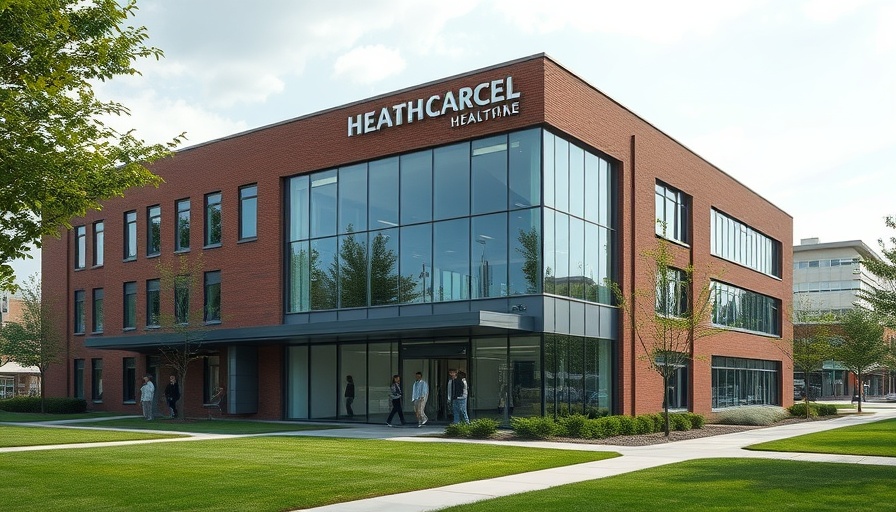
Construction Sector Sees a Positive Turnaround in May 2025
In May 2025, the construction industry experienced a notable resurgence with total starts rebounding by 13%. This reflects a significant recovery from the stagnation experienced in April, offering hope to contractors and stakeholders alike. According to the Dodge Construction Network, nonresidential building starts surged by 18%, while nonbuilding activity encompassing infrastructure projects recorded a 20% increase. Despite these promising figures, the momentum may still be tempered due to prevailing tariffs and economic uncertainties that plague the construction sector.
Analyzing the Major Projects Driving Growth
The nine largest commercial construction projects that broke ground in May are pivotal to this recovery. These include the monumental:
- $1.5 billion Sierra solar farm and storage project in Fallon, Nevada.
- $1.2 billion Delta Blues advanced power station in Greenville, Mississippi.
Each of these projects not only contributes millions to local economies but also aligns with national trends shifting towards sustainable and renewable energy solutions.
Sector-Specific Insights Offered by Dodge Construct Network
As Sarah Martin, Associate Director of Forecasting at Dodge Construction Network notes, while the uptick in construction starts presents some relief, ongoing uncertainties particularly in trade policy may hinder sustained growth. The year-to-date figures still lag behind last year, indicating a cautious outlook for executives and stakeholders in the construction space.
The Implications of Economic Uncertainty
The complexities surrounding tariffs and shifting economic policies necessitate a sharper focus on cost management, particularly for businesses involved in commercial construction. An analytical approach to project delivery and resource allocation can mitigate risks associated with economic fluctuations.
Strategies for Navigating the Competitive Landscape
For business owners and executives in construction, strategic investment decisions will be crucial in navigating the future market landscape. Companies must prioritize cost-benefit analyses and benchmarks to remain competitive, while also being mindful of sustainability practices that are becoming increasingly important in project selection.
Looking Ahead: What to Expect in the Construction Sector
Forecasts suggest that while recovery is underway, it may be uneven. Understanding these trends and preparing to adapt will be essential for property developers and business owners. The ability to innovate in response to economic pressures could define success in the industry moving forward.
Call to Action: Stay Informed
As the construction landscape evolves, staying informed with the latest insights and trends is essential. Engaging with industry analyses and adapting strategies accordingly will position your business for success in an unpredictable market. Join relevant industry groups, and share best practices and insights to enhance your competitive edge.
 Add Row
Add Row  Add
Add 




Write A Comment